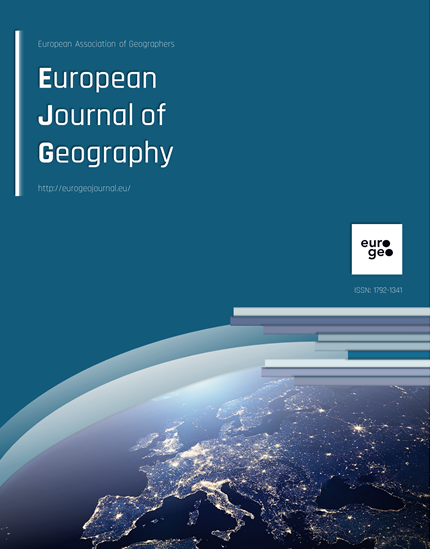Published 2020-12-16
How to Cite

This work is licensed under a Creative Commons Attribution 4.0 International License.
Abstract
Everyday human activity is crucially defined by walkability at neighbourhood level, and accordingly, this paper sets a dual focus: to map basic pedestrian accessibility infrastructure and to investigate the factors influencing walking patterns in such areas. The study area is Koukaki, a neighborhood in Athens’ municipality. The methodological framework consists of four steps: a) Evaluating neighbourhood-level pedestrian accessibility with emphasis on vulnerable users, b) Selecting a centrality cluster, as an area of dense human activity (high density of non-residential uses), c) data collection of pedestrian flow and d) interpretation of the results. The results showed that human flows have substantial positive correlation with commercial activities, but negative with residential uses. In addition, they appear to have strong positive correlation with local network centrality (space syntax), sidewalk width and functional density. Finally, the evaluation of pedestrian infrastructure demonstrated that pedestrian movement cannot be adequately sustained in Koukaki, thus needing serious interventions.





